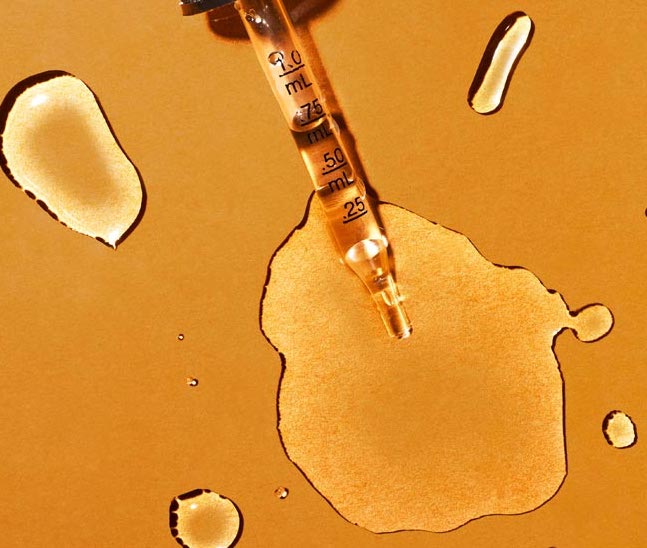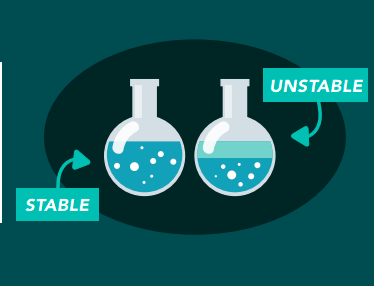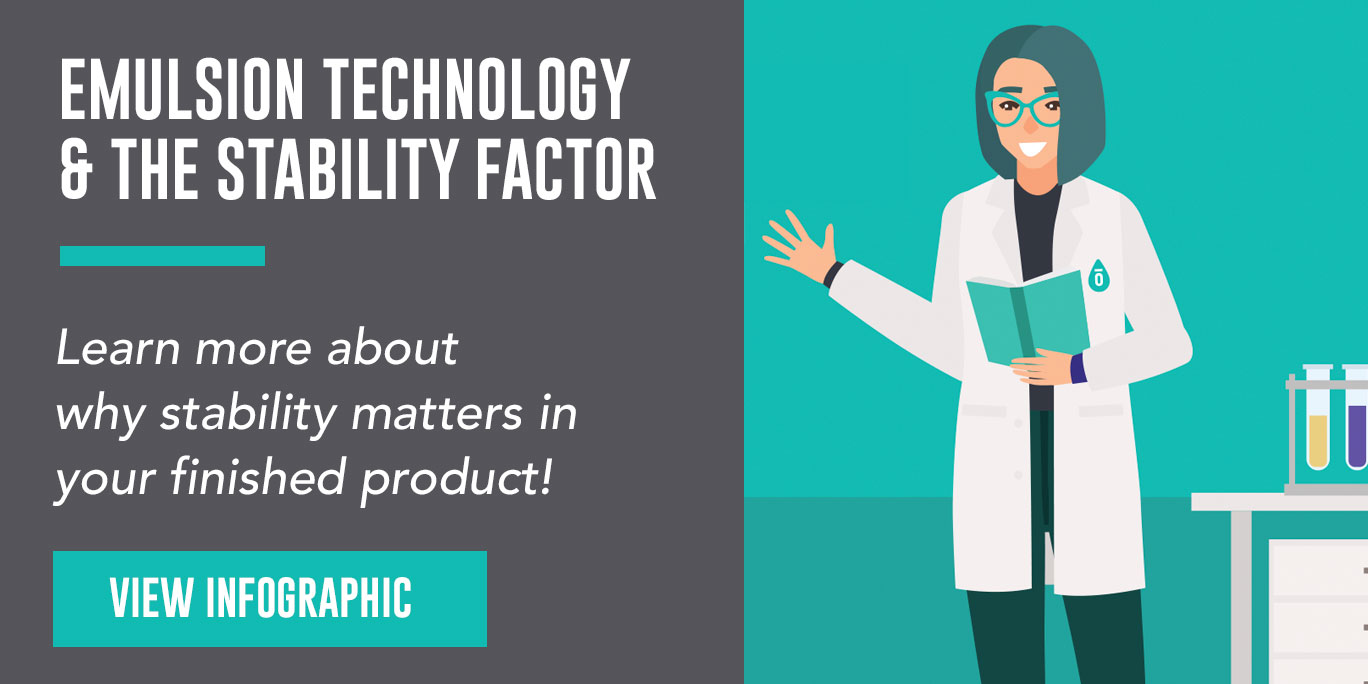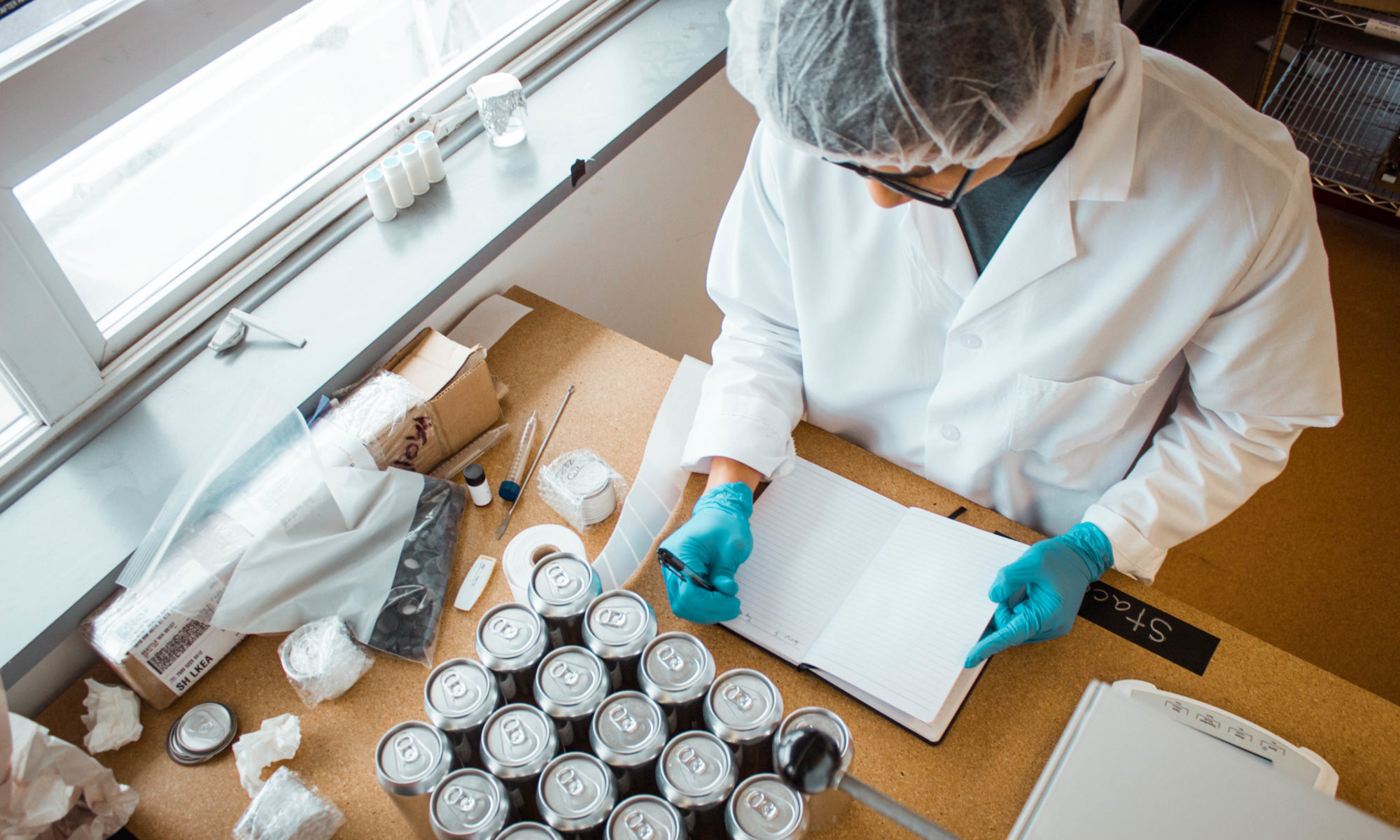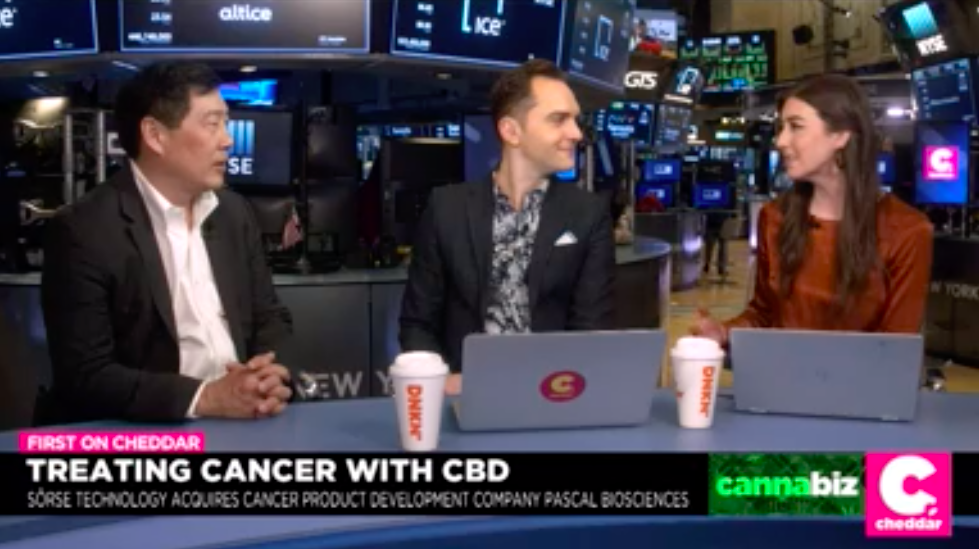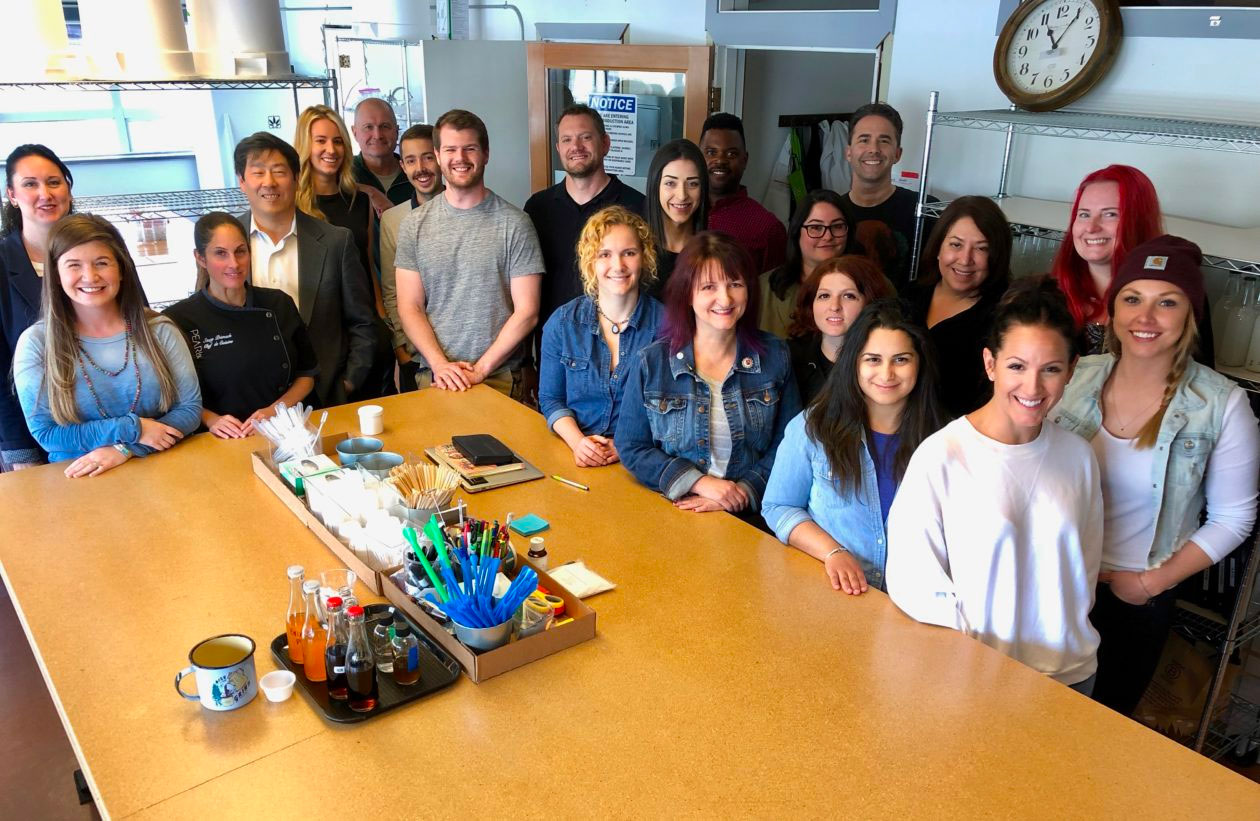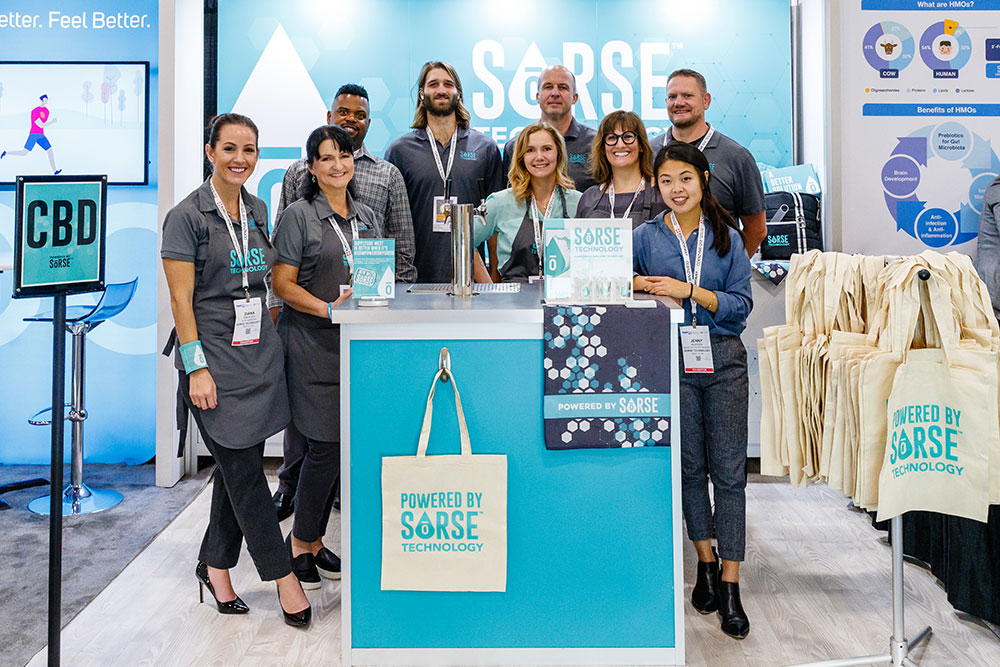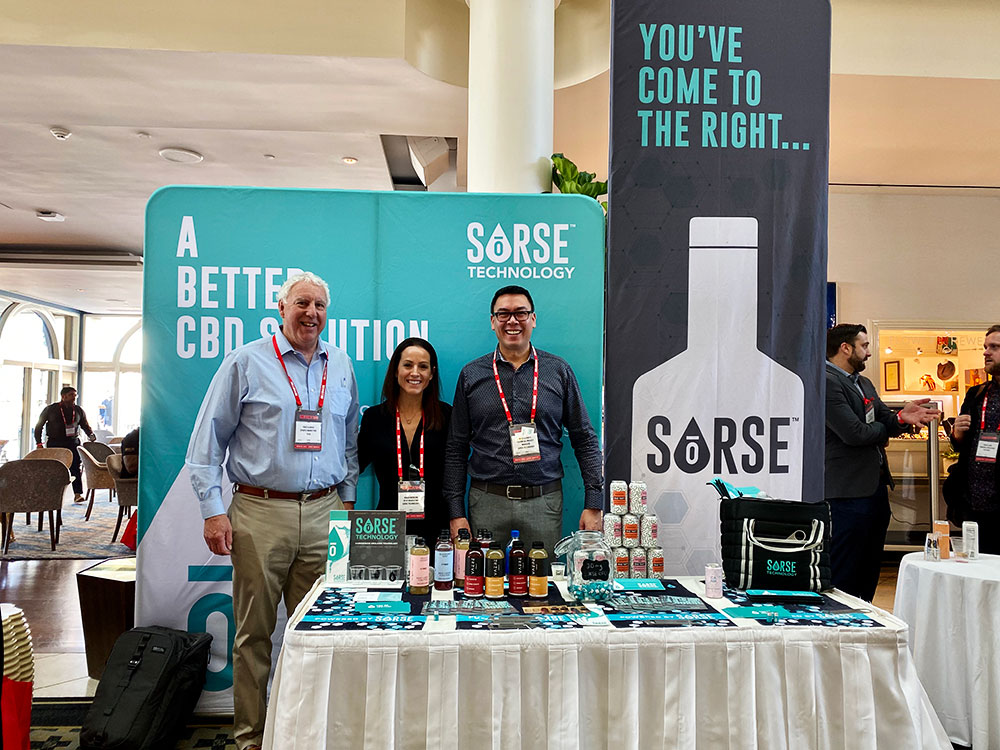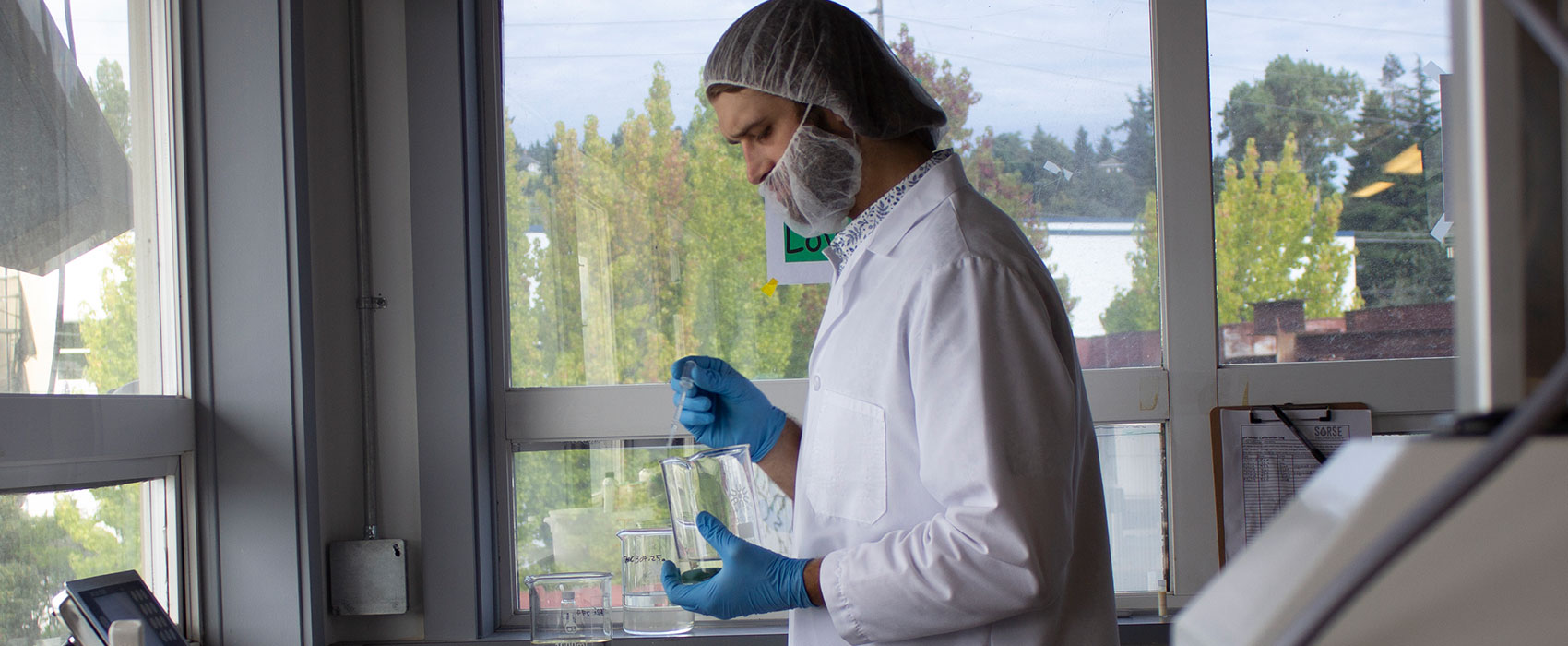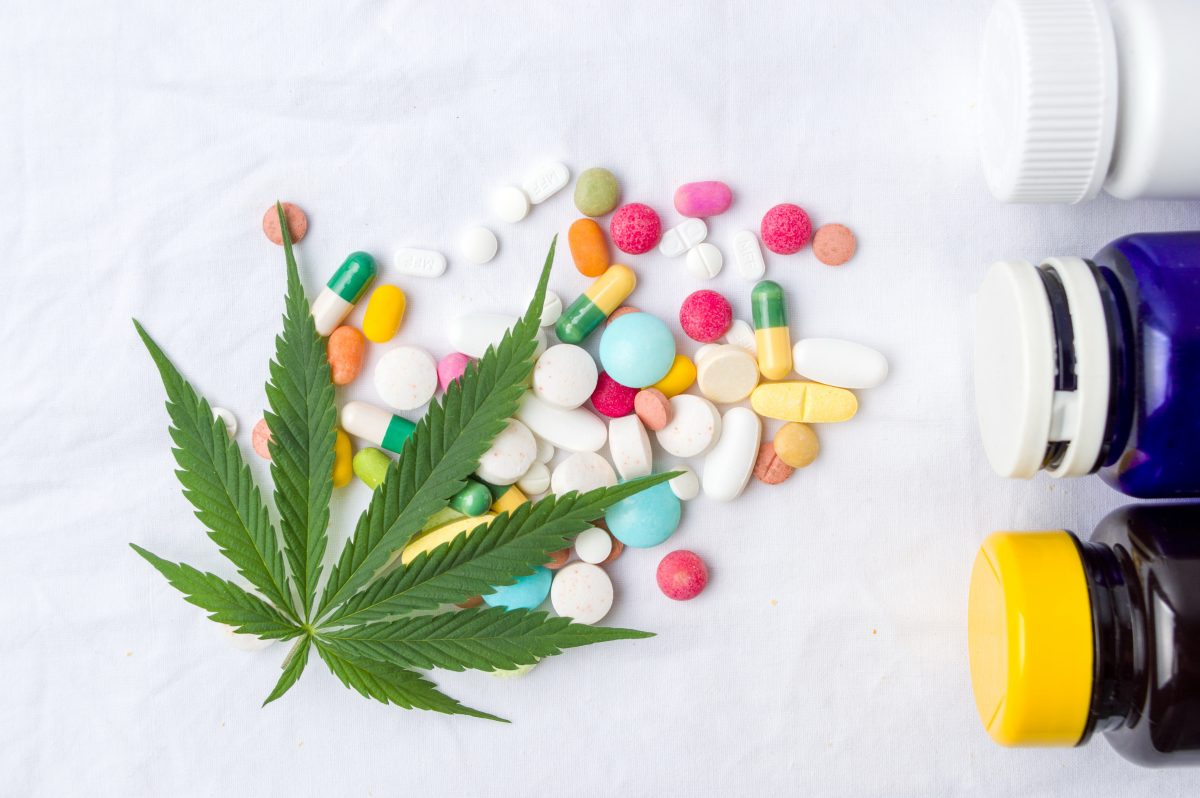Jacob Schweppe. Dr. John Pemberton. Caleb Bradham. Perhaps only one of these names sounds familiar to you — Jacob Schweppe — because you can find his last name in every grocery store on bottles and cans of ginger ale, club soda, and tonic water. Schweppe first began selling seltzer in Geneva 237 years ago in 1783, 30 years after carbonation techniques were developed. The other men created two of the most famous beverages in the world: Pemberton invented Coca-Cola in 1886, and Bradham developed Pepsi-Cola in 1898.
Beyond being the founders of three iconic beverage brands, these gentlemen had something else in common, something they share with people who are creating beverages today — their drinks started with an idea and inspiration. Perhaps you, like them, want to make an infused beverage, perhaps inspired by a drink you loved as a kid, a drink that you had on vacation, or a drink that you concocted in your kitchen for fun. How do you take that idea and turn it into a viable product that you might find on a store shelf? Here are the Top 5 Things You Need to Know to Create an Infused CBD Beverage from three SōRSE producers themselves.
1. IDENTIFY YOUR TARGET CONSUMER — GET TO KNOW THEM INSIDE AND OUT
The first thing you need to know is that a product is more successful when you are passionate about an idea. There are a lot of really good ideas out there, but good ideas are only successful when they happen at the right time and the right place. Ask yourself why you want to do it and what you can bring to the table. What is your niche, and how are you going to differentiate yourself and excel?
In the idea generation phase, you need to identify your audience — who is going to buy your beverage and where that person would buy it. The profile of your target consumer should be as specific as possible. You should be able to picture what that person looks like in your head; you should know what kind of clothes they shop for, what kind of cereal they would buy, and where they would buy it. You have to get in their head and see the world through their eyes. You need to know what is important to them.
When you do market and consumer research, do a deep dive on all the different things your consumer is attracted to, all the while focusing on how your product is going to appeal to them AND be different. When you market to a consumer, you can talk about all the positives of your product, but you have to talk about what makes yours unique. One of those positives has to be something that no other producer can talk about.
Product development is like any other sort of idea generation — you need to do tons of research to really know your audience. When you are creating an infused beverage with CBD or another cannabinoid, the narrower you can make your consumer, the more successful you will be. You want to create a beverage that someone will stop to buy in the middle of the day somewhere; you want that repeat customer. Your drink being delicious isn’t enough — you need to create a need in your customer so that they will keep coming back.
It’s also important to visualize what your consumer is doing when they are drinking your beverage. This will help you create a marketing focus which will then tie into the format you choose, your packaging, the color palette for your branding, and the words you use to draw attention to your product. When someone sees your product in a store, you want them to wonder what it is. Once you hook them in with the look of your product, your flavor will keep them there.
2. DETERMINE WHAT FORMAT YOU WANT YOUR PRODUCT TO COME IN — GLASS, CAN, POWDER, RIP AND SIP, CONCENTRATE OR DROPS
When looking for where your product will fit in in the marketplace, it’s best to examine other products your consumer might purchase and what the packaging looks like. Packaging and labeling are the first visual and tactile interactions a customer has with your product, so that first level of engagement is important. Is your consumer drawn to natural products? Do they buy glass over plastic because they are concerned about their environmental footprint? Do they buy products with fruits and vegetables on their labels? Your label and packaging should reflect your company ethos and what makes your product different. You should also consider how your consumer takes in information about products and how they digest it. Where the products they are buying are being advertised — on social media? In print? Is the product being handed out at events?
3. CREATING A FLAVOR PROFILE AND DETERMINING DOSING
Adding CBD to a beverage formula that already exists is relatively easy, but if you are starting the process from scratch and creating something new, you can begin by looking at food trends. Those tend to start at boutique, culinary restaurants. Eventually they can trickle down and show up in other places and then be transferred into color palettes, clothing, ice cream flavors, all the way down to the fast food level — the highly accessible level. Microtrends are ones that are just emerging, mainstream trends are ones that appeal to a lot of people, and then there are trends that are on their way out.
Today, national and global travel is relatively easy — so people are exposed to new flavors and are generally open to trying other cultures’ flavors. That said, it helps to use a base flavor that is transferable and versatile in almost any recipe. The secondary flavors are the ones that might be more out there — one that you wouldn’t expect to see paired with the base flavor. For example, citrus is a common base flavor, and it pairs well with other secondary flavors like mint or berry.
When it comes to choosing the type of CBD you want to infuse in your drink, you have a few options. If you want a beverage with a clean, specific flavor profile, use an isolate. If you know that your customer will prefer the flavor of cannabis and will appreciate the nuances of the botanical flavors, then you would choose a broad spectrum. Broad spectrum adds another layer of complexity which some see as a perk and premium.
You will also need to determine how many milligrams per serving of your cannabinoid will be in your beverage. If you are making a recovery drink, then you might offer 25 mg to the consumer; if you are creating an herbal tea for the evening, then you might choose 10-15 mg per serving.
4. FIND A TRUSTED CBD SUPPLIER
When making an infused beverage, consumer safety should be your #1 concern. That means that your label claims need to be accurate, that your beverage is shelf stable, that the product quality has been tested, and that the consumer experience is a positive one. Take the time to find a CBD supplier who has extremely high standards, who are offering the best product on the market.
The company supplying your CBD should be following regulatory protocols, supplying documents that verify product quality, offering the appropriate solution for your beverage, and offering implementation support. Look carefully at the types of CBD the supplier offers — water-soluble solutions, oil-based solutions, and emulsions — and work with them to find the best solution for your product. You will also want to work with a lab that can independently test your product and that is open to communication with your CBD supplier.
If you are working with a company that offers an emulsion, make sure that the emulsion is their priority and not simply an add-on offering. Look for an emulsion that is stable in its raw form and in the letdown, as well as one that has been tested for shelf life. If the company cannot supply documentation on their product like a Certificate of Analysis, Product Data Sheets and Safety Data Sheets, it’s time to find a different supplier!
5. BASED ON YOUR TARGET CONSUMER, IDENTIFY WHERE YOU ARE GOING TO PRODUCE YOUR BEVERAGE AND WHO IS GOING TO PRODUCE IT FOR YOU
Figuring out who your consumer is is also tied to where you are going to produce your product. If you want to sell to an audience in a specific state and there is a manufacturing center in that state, you’ll save a lot of money by producing it as close as possible to your market area. Also, if there is a facility producing a product similar to yours and it’s considered a turnkey process for them, you will be more successful commercializing your product because they already have experience making something similar.
When you are ready to produce your beverage, look for a co-manufacturer who has produced other infused beverages. A company that understands CBD as an ingredient and has produced other CBD beverages will understand how to work with it. Doing test batches is key because it will allow you to tweak your formula if you need to.
Creating a product for consumer use is an exercise in creativity, analysis, problem-solving, flexibility and collaboration. You might hit bumps in the road along the way of getting your CBD beverage to a grocery store shelf, but if you work with a CBD supplier and co-manufacturer who has experience working with cannabinoids, they will be able to collaborate and work with you throughout the process. At SōRSE, our R&D team is well-versed in beverage production from concept to final product and welcomes the opportunity to help bring your dream to life and your product to market. Schedule an exploratory call today with SōRSE to get started on your infused CBD beverage journey!


